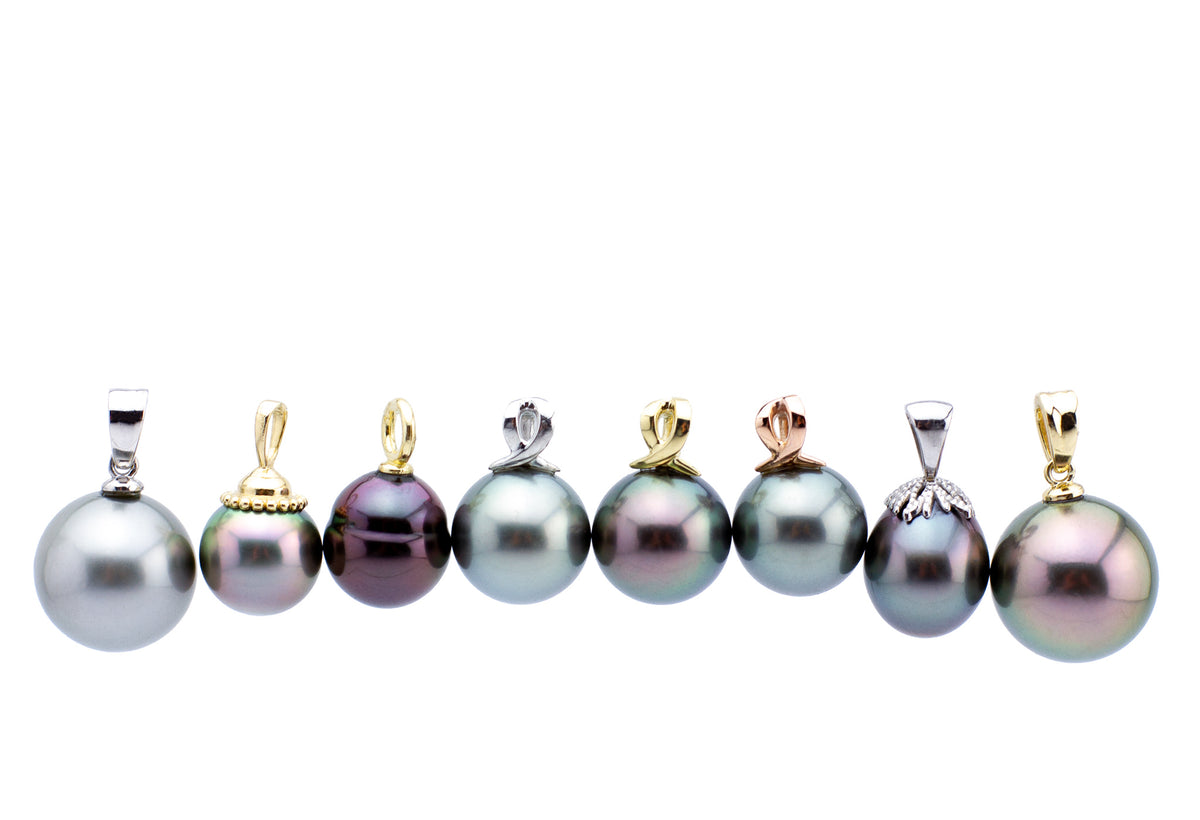The silent workforce (part two).

Two remoras hang from their suction-cup heads while Kamoka's silent work force happily nibbles away.
As the morning wore on and the piles of pipis, etc accumulated I noticed that when I went to fetch more cords of oysters from the temporary holding platform in front of the farm, they would be increasingly clean. As a child I had always been mesmerized by fish and growing up I told myself that someday I would live where I could feed fish outside my door. Now, I was watching fish feed every day which was (and still is) a huge delight. The early years of the farm were all about hard work and we were fully committed to getting the job done, no matter how tired, stung or otherwise tortured. So when I told suggested to my father Patrick that I thought we might not need to scrape the oysters at all, I wasn't surprised at his reaction of exasperation. What had I learned in school in America and when would I start to work like a man? I wasn't sure what I had learned in school either but I was pretty sure that the fish were ready to do our job for us.
It quickly became obvious to both of us that scraping oysters clean was a thing of the past. My father designed several underwater platforms in shallow zones where fish were numerous and soon we were cleaning huge numbers of oysters by simply leaving them on the platforms for a day or two.
As time went on, it also became obvious that our fish populations were thriving. Even more exciting was a strengthening of all the species across the board. I visited a farm in Manihi once that had an unnaturally large population of Kotimu (Sergeant Majors). They are an aggressive fish and their numbers had ballooned due to the habit the farmer had of throwing his oyster scrapings and table left-overs into the water. Letting the fish clean the fouled oysters didn't have this effect because the surface area to be cleaned was just too vast for one species to dominate. It also became clear that different fish were suited to eat different things. The delicate butterfly fish could stick their pointy snouts into crevices and extract the anemones, the brutish parrotfish went straight for the pipis that they found a welcome change from the coral they usually grind, the surgeon fish devoured any form of algae and on it went, every organism that had taken up residence on the oysters was dutifully removed by it's corresponding fish.
According to the account of early explorers, these desolate atolls had fish populations many times more robust than they are today. I believe that Tahitian pearl farming done in the way we do it at Kamoka can help to restore fish stocks to their original states. I believe this is one of many reasons that makes Kamoka tahitian pearls the most ecologically sound pearls in the world and makes them truly something that we can feel good about wearing.
